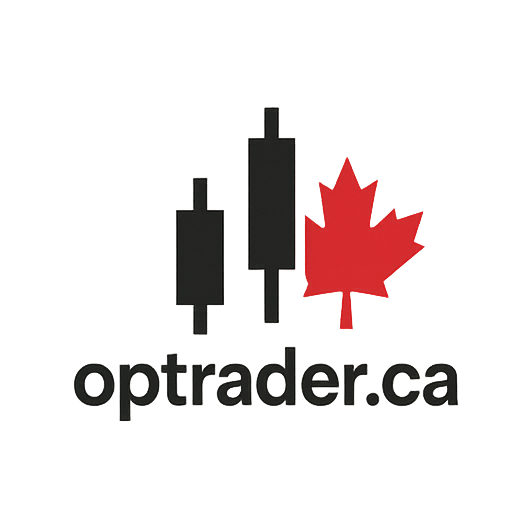How to Roll a Covered Call in Canada (With Examples)
How to Roll a Covered Call in Canada (With Examples)
Rolling a covered call is the process of closing your current call option and simultaneously opening a new one — usually at a different strike or expiry. It’s a useful tactic when:
- Your option is close to being assigned
- You want to lock in more premium for the next cycle
- You want to adjust the strike up or down as the stock moves
📌 What Does "Rolling" Mean?
When you roll a call option, you’re executing a buy-to-close on the current contract and a sell-to-open on a new one — usually in a single transaction called a “roll spread.”
This can be done via most Canadian brokerages like Questrade, TD WebBroker, or RBC Direct Investing. Look for “roll strategy” or “multi-leg trade” tools.
🎯 Reasons to Roll a Covered Call
- Avoid assignment: If your option is in-the-money close to expiry
- Collect more premium: Roll to a further expiry and get paid again
- Adjust your risk: Change your strike to reflect new stock movement
💡 Example: Rolling a TSX Covered Call
Let’s say you own 100 shares of BCE.TO and sold a covered call at the 60 strike, expiring August 15, collecting $1.20 per share. Now it’s August 10 and BCE is trading at $59.85 — very close to being in-the-money.
You could roll the option like this:
- Buy to close BCE Aug 15 $60 Call (cost: ~$0.90)
- Sell to open BCE Sep 20 $60 Call (credit: ~$1.60)
This roll nets you an additional $0.70 in premium and resets your clock.
🧠 Tips for Canadian Investors
- Most Canadian brokerages allow rolling with a combo trade ticket
- Look at the bid-ask spread — it’s wider on TSX than U.S. tickers
- Rolling may trigger capital gains (consult your tax advisor)
🔍 How Optrader Helps
Optrader.ca flags covered call setups approaching the strike and expiry — helping you pre-plan your rolls and maximize your premium. You can also sort by delta and IV to find better roll targets.
